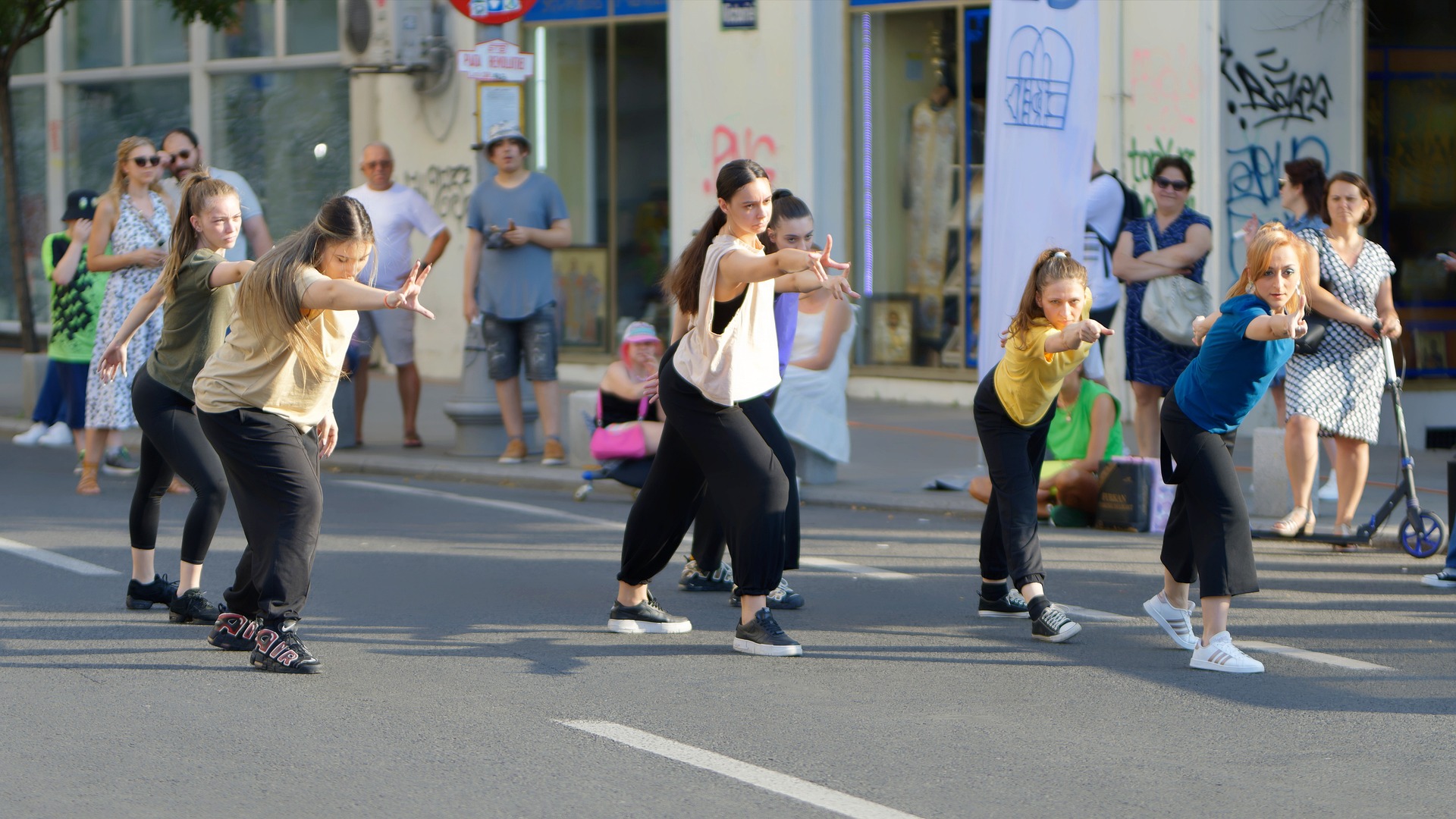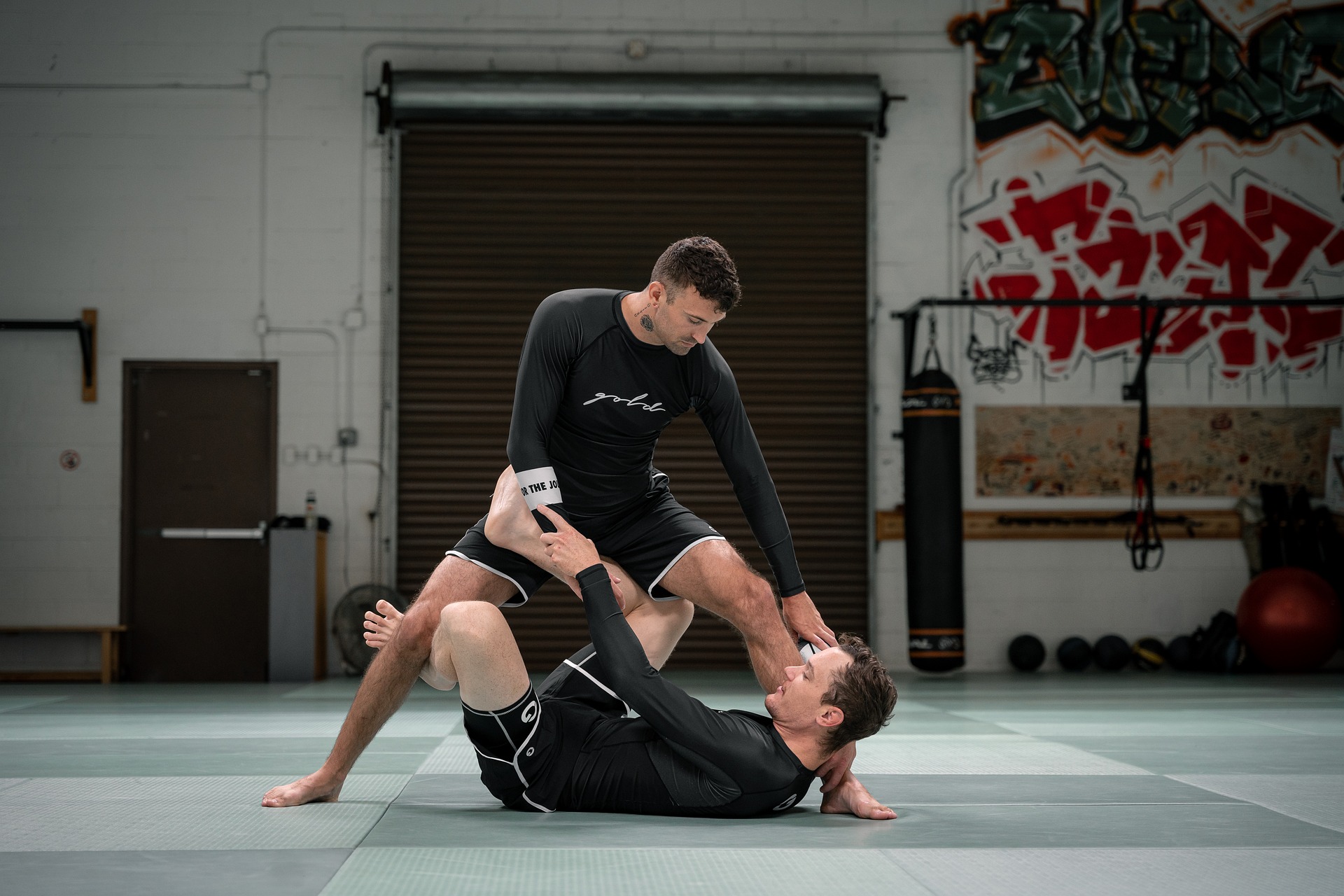Between Frames: The Unseen Art of Film Editing
Introduction: Lurking behind the glitz of Hollywood and the magic of cinema is an underrated art form – film editing. This article delves into the intricate world of film editing, its evolution, and its significance in today's entertainment landscape.

Shedding Light on an Invisible Art
Film editing, often regarded as the “invisible art,” has always been at the core of filmmaking. Its history traces back to the first motion picture cameras in the 1890s when films were just one long, static, continuous take. The innovation of film editing, initially just a practical solution to connect shots, soon became a tool for visual storytelling. Editors like Edwin S. Porter and D.W. Griffiths introduced techniques like parallel editing and cross-cutting, pushing the boundaries of narrative cinema.
The Evolution of Film Editing
From physical splicing of film reels to today’s digital non-linear editing (NLE) systems, the technical aspect of film editing has undergone a massive transformation. The introduction of sound films in the late 1920s added a new layer to the editing process. Editors now had to consider dialogue, music, and sound effects alongside visual storytelling. The advent of color films added yet another dimension to their work, further expanding the scope of the editor’s role in shaping the cinematic experience.
Today’s Editing Landscape
In today’s digital age, editors have an arsenal of tools and software at their disposal. Programs like Avid Media Composer, Adobe Premiere Pro, and Final Cut Pro have revolutionized the editing process, allowing for greater flexibility and creative control. Current trends in editing, such as rapid cutting in action films or the seamless ‘one-shot’ look popularized by films like “1917”, showcase the diverse ways editing continues to evolve and shape the medium.
Impact and Recognition
The craft of editing is integral to the overall narrative and emotional impact of a film. It sets the pace, controls the narrative flow, and often subconsciously influences the audience’s emotional response. Despite its crucial role, editing is often overlooked in favor of more ‘visible’ aspects of filmmaking like direction or performance. However, recognition of this art form is growing, with the Academy Awards and BAFTAs hosting categories for Best Editing.
The Future of Film Editing
As we move further into the era of digital cinema and virtual reality, the role of the editor is set to become even more significant. New formats like 360-degree films and VR experiences present fresh challenges and opportunities for editors. As storytelling mediums evolve, so will the art of editing, continuing its silent yet crucial role in shaping the cinematic landscape.
In conclusion, film editing is an underappreciated art that plays a critical role in the creation of our favorite movies. From its humble beginnings to its evolution into a sophisticated digital craft, it remains an essential part of the filmmaking process. As we look towards a future of new technologies and formats, the art of film editing will continue to adapt, innovate and captivate audiences in unseen ways.





